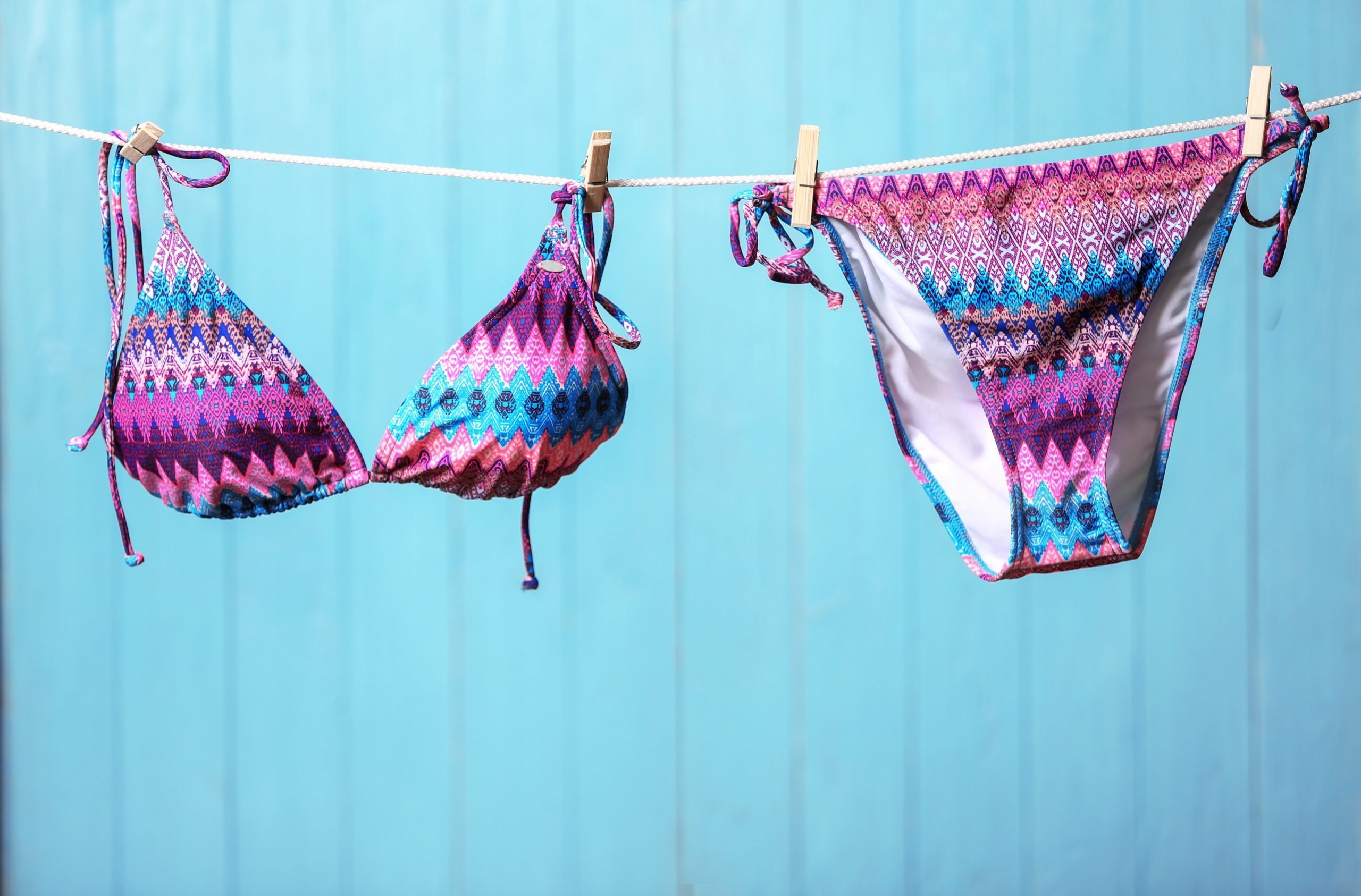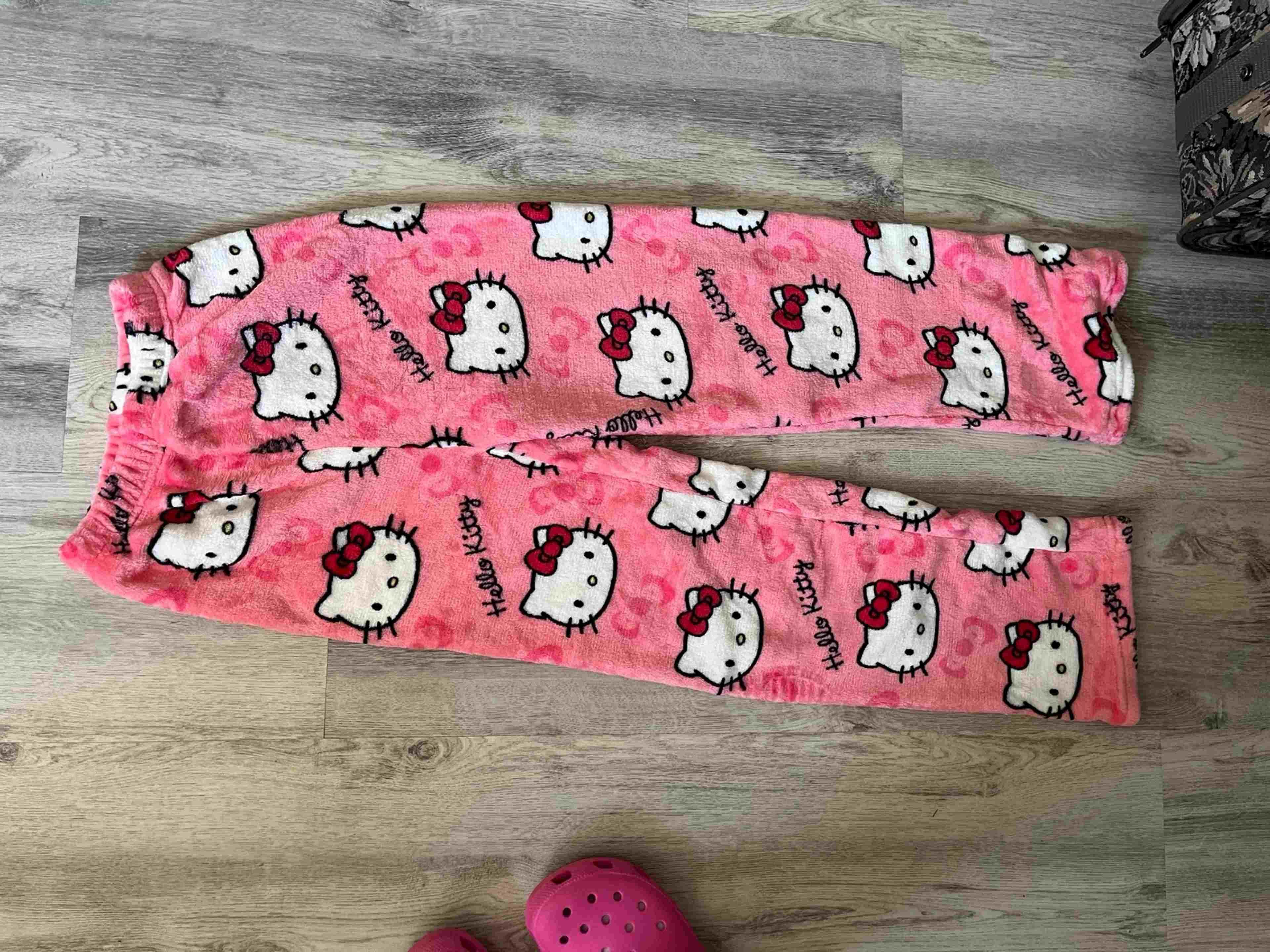Home>Women's Underwear>Bikinis>Where Did The Bikini Get Its Name


Bikinis
Where Did The Bikini Get Its Name
Modified: August 2, 2023
Discover the origin of the bikini and how it got its name. Explore the fascinating history behind this iconic swimwear that has captured the world's attention.
(Many of the links in this article redirect to a specific reviewed product. Your purchase of these products through affiliate links helps to generate commission for Under-tec.com, at no extra cost. Learn more)
Table of Contents
Introduction
When it comes to swimwear, one name has become synonymous with style, fashion, and the allure of the beach – the bikini. The bikini has become a staple in many wardrobes across the world, offering a way to showcase confidence, femininity, and individuality. It is a garment that has evolved over the years, transitioning from a controversial novelty to a widely accepted and celebrated fashion statement.
In today’s modern society, it is common to see women and men alike donning bikinis as they soak up the sun, lounge by the pool, or frolic on sandy shores. But have you ever wondered about the origins of this iconic piece of swimwear? How did it come to be, and where did it get its name?
In this article, we will explore the fascinating history of the bikini, its controversial beginnings, and the influences that shaped its evolution. We will also delve into the intriguing story of how this provocative piece of swimwear acquired its distinctive name.
Embark on this journey with us as we uncover the fascinating tale of the bikini and the captivating story behind its name.
The Origins of the Bikini
The bikini, as we know it today, may seem like a modern creation, but its roots can be traced back to ancient civilizations. Artifacts from early societies, such as the Minoans in Crete and the Romans, depict women wearing garments that resemble two-piece swimsuits.
However, it wasn’t until the mid-20th century that the bikini, as we know it today, was brought into the public eye. French engineer Louis Réard and fashion designer Jacques Heim are credited with introducing the modern bikini in 1946. While both designers claimed ownership of the invention, Réard is widely recognized for popularizing the bikini.
Initially, the bikini caused quite a stir, as it was seen as scandalous and daring due to its revealing nature. In fact, many countries, including conservative ones, banned the bikini, considering it indecent and inappropriate. However, as societal attitudes towards women’s fashion and body positivity began to shift, the bikini gained acceptance and started making waves in the fashion industry.
Throughout the years, the bikini evolved in design, incorporating new fabrics, cuts, and styles that catered to different body types and fashion trends. From high-waisted bottoms to triangle tops, from halter necklines to bandeau styles, the bikini has continuously reinvented itself to stay relevant in the ever-changing world of fashion.
Today, the bikini is available in a range of styles, from the classic string bikini to more modest tankinis and one-piece swimsuits with bikini-like bottoms. It has become a symbol of empowerment, allowing individuals to embrace their bodies and express their personal style by choosing the bikini that best suits them.
Now that we understand the origins of the bikini, let’s uncover the intriguing story behind how it acquired its iconic name.
The Naming of the Bikini
As the bikini began to gain popularity in the 1940s, the task of naming this daring new swimwear piece fell to its alleged creator, Louis Réard. The story behind the naming of the bikini is as intriguing as the garment itself.
Réard reportedly named the two-piece swimsuit after the Bikini Atoll, an isolated island in the Pacific Ocean. The island was in the public eye at the time due to nuclear testing conducted by the United States. The connection between this remote island and the revolutionary swimwear was no mere coincidence.
Réard intended for the bikini to have a similar impact and shock value as the nuclear tests on the Bikini Atoll. He wanted his creation to create a figurative “explosion” in the fashion world and push the boundaries of what was considered acceptable in swimwear.
Furthermore, Réard believed that the bikini would cause a cultural shift, much like the nuclear tests were causing a shift in the global geopolitical landscape.
With its daring design and provocative name, the bikini certainly made waves in the industry. The name itself evoked both curiosity and controversy, sparking intrigue among consumers and capturing the attention of the media.
It is worth noting that while the bikini swimsuit became widely known by this name, other similar two-piece garments were also referred to as “bikinis” during this period. However, Réard’s creation gained international recognition and came to symbolize the bikini style we know today.
The naming of the bikini not only added to the allure and mystique surrounding this daring piece of swimwear but also cemented its place in fashion history.
Now that we have explored the origins and fascinating naming story of the bikini, let’s delve into the influences and controversies that have surrounded this iconic garment over the years.
Influences and Controversies Surrounding the Bikini’s Name
The name “bikini” became more than just a label for a two-piece swimsuit. It became a symbol of liberation, individuality, and the ongoing battle between traditional norms and evolving societal attitudes. Over the years, the bikini has faced both praise and criticism, shaping the way we perceive swimwear and body image.
One of the significant influences of the bikini’s name is its association with female empowerment. The bikini represented a break away from the modesty and conservatism associated with women’s fashion at the time. It allowed women to embrace their bodies and celebrate their freedom of choice.
However, the bikini also faced its fair share of controversies. Many deemed it scandalous, indecent, and inappropriate. Critics argued that the bikini objectified women’s bodies and contributed to unrealistic beauty standards. These debates played a significant role in shaping public perception of the bikini and fueled discussions regarding gender roles, body positivity, and sexual liberation.
Despite the controversies, the bikini’s popularity continued to rise, and it became a staple in fashion and popular culture. It made appearances in films, graced the covers of magazines, and became synonymous with beach vacations and summer leisure.
Additionally, the bikini’s name also influenced the development of other swimwear styles. As the popularity of the bikini grew, designers began creating variations that catered to different body types, preferences, and comfort levels. This led to the emergence of tankinis, monokinis, and other hybrid styles that incorporated elements of the bikini while offering a bit more coverage.
Moreover, the bikini’s name extended beyond swimwear and inspired names for other products, such as bikini waxing and bikini body workouts. The term became associated with physical fitness, body confidence, and personal grooming.
Overall, the influences and controversies surrounding the bikini’s name have played a significant role in shaping the perception and evolution of swimwear. It has sparked debates, challenged societal norms, and empowered individuals to embrace their bodies on their own terms.
Now that we have explored the influences and controversies surrounding the bikini’s name, let’s trace the evolution of this iconic swimwear through the years.
Evolution of the Bikini
The bikini has come a long way since its controversial debut in the 1940s. Over the years, it has undergone various transformations, adapting to changing fashion trends and evolving societal norms. Let’s take a closer look at the evolution of this iconic swimwear piece.
In the 1950s, the bikini started to gain wider acceptance and became more accessible to the general public. Designers introduced new styles, such as the high-waisted bikini, featuring a bottom that covered the navel and offered a more modest option for those who were not ready to fully embrace the revealing nature of the original bikini.
By the 1960s, the bikini began to embody the spirit of liberation and rebellion that characterized the era. Bikinis featured bold prints, psychedelic patterns, and daring cuts that showcased more skin. The string bikini, with its minimal coverage and adjustable ties, also became a popular choice.
In the 1970s, the bikini took on a more relaxed and bohemian style, reflecting the fashion trends of the time. Crochet bikinis, tie-dye prints, and earthy colors were all the rage, as people embraced a more laid-back and free-spirited approach to fashion.
The 1980s brought about a resurgence of fitness and athleticism, influencing the style of the bikini. High-cut legs, fluorescent colors, and bold geometric patterns dominated swimwear designs, catering to the active and energetic lifestyle of the decade.
In the 1990s, the bikini embraced a minimalist aesthetic. Simple, sleek designs and solid colors became popular, reflecting a more understated and refined approach to swimwear fashion. The rise of supermodels like Cindy Crawford and Naomi Campbell also contributed to the popularity of the skimpy, high-cut bikini bottoms.
The 2000s witnessed a blend of retro and modern styles. Low-rise bottoms, push-up tops, and embellishments such as sequins and beads reigned supreme. Additionally, new designs like the tankini, which offered the coverage of a one-piece with the convenience of a bikini, gained popularity.
In recent years, the bikini has become more inclusive, with the emergence of designs that cater to different body types and sizes. Plus-size bikinis, maternity bikinis, and options for those with diverse body shapes have become more readily available, empowering individuals to feel confident and comfortable in their swimwear choices.
Today, the bikini continues to evolve, incorporating new fabrics, sustainable materials, and innovative designs. From retro-inspired styles to futuristic cuts, there is a bikini for every taste and preference.
The evolution of the bikini mirrors the ever-changing landscape of fashion and society. It reflects our values, opinions, and the liberation of the human body. The bikini has truly transformed from a scandalous novelty into a symbol of self-expression and body positivity.
Conclusion
The bikini has undoubtedly left an indelible mark on the world of fashion, empowering individuals to embrace their bodies and express their personal style. Throughout its history, the bikini has faced both praise and criticism, but it has withstood the test of time and continued to evolve with changing trends and societal norms.
From its controversial beginnings as a scandalous two-piece swimsuit to becoming a symbol of liberation and body positivity, the bikini has made waves in the fashion industry and popular culture. Its name, inspired by the Bikini Atoll nuclear tests, created a buzz and added to the allure surrounding this daring piece of swimwear.
The bikini’s evolution reflects the ever-changing attitudes towards fashion and the human body. It has adapted to various styles, from modest and conservative designs to bold and revealing cuts. The bikini has also become more inclusive, offering options for different body types and sizes.
While controversies and debates have surrounded the bikini, it remains a symbol of empowerment, liberation, and self-expression. It has become an essential part of beach culture, embodying the carefree spirit of summertime and the joy of outdoor activities.
As we bask in the sun, enjoying the sand between our toes and the sound of waves crashing, let’s appreciate the bikini for what it represents – the freedom to embrace our bodies, express ourselves, and enjoy life’s simple pleasures.
So next time you slip on your favorite bikini, remember the rich history, the provocative naming story, and the journey of empowerment and acceptance that it signifies. The bikini is so much more than just a piece of swimwear; it is a symbol of confidence, beauty, and the celebration of individuality.
Go ahead and rock that bikini with pride, embracing your unique style and radiating the confidence that comes with knowing the incredible story behind its name.









